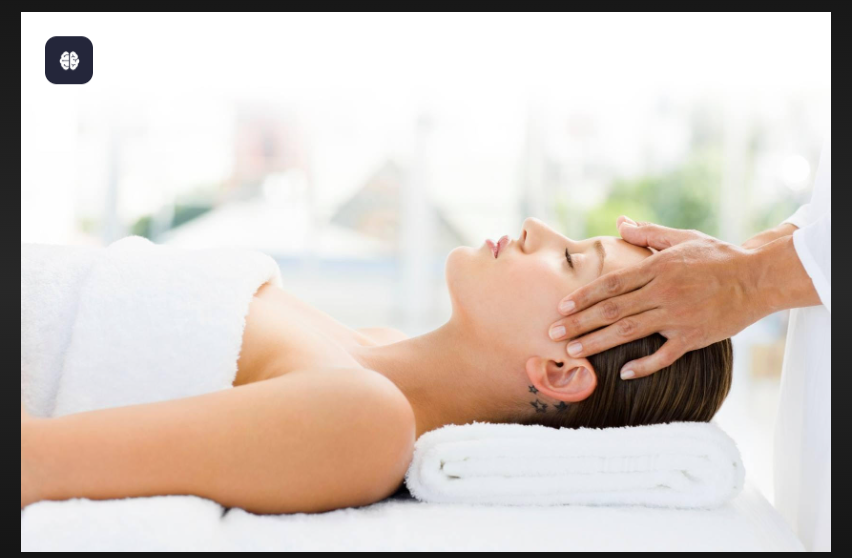Women’s Sustainable Fashion: A Step Towards a Greener Future

The fashion industry has long been known for its rapid production cycles and excessive waste. However, a new wave of change is taking over, with women leading the charge towards sustainability. Women’s sustainable fashion is more than just a trend—it’s a movement that embraces ethical practices, eco-friendly materials, and responsible production.
The Importance of Sustainable Fashion
Fast fashion has a significant environmental impact, from water pollution to carbon emissions. Sustainable fashion, on the other hand, focuses on reducing waste, promoting fair wages, and using materials that are kinder to the planet. By choosing sustainable brands, women can contribute to a cleaner and more ethical industry. Additionally, sustainable fashion fosters a greater connection between consumers and their clothing, encouraging mindful consumption and longevity in fashion choices.
Key Elements of Sustainable Fashion
- Eco-Friendly Materials – Fabrics such as organic cotton, hemp, bamboo, and recycled materials reduce the harmful effects of conventional textile production. Many brands are also exploring innovative fabrics like Tencel and Piñatex (made from pineapple leaves) to offer stylish yet sustainable alternatives.
- Ethical Manufacturing – Fair trade practices ensure that workers receive fair wages and work in safe conditions. This also includes adopting cruelty-free and vegan alternatives to traditional leather and fur.
- Slow Fashion Movement – Investing in timeless, high-quality pieces instead of fast fashion items helps reduce waste and overconsumption. Slow fashion encourages consumers to cherish their clothes and opt for classic designs that withstand changing trends.
- Upcycling and Second-Hand Shopping – Buying pre-loved clothing or upcycled garments minimizes waste and extends the life of fashion items. Thrift shopping and vintage finds not only offer unique fashion choices but also contribute to reducing landfill waste.
- Minimal Waste Production – Many sustainable brands use zero-waste production methods and biodegradable packaging to lessen their environmental footprint. This includes designing garments with minimal fabric waste and offering recycling programs for old clothing.
How to Build a Sustainable Wardrobe
- Research Ethical Brands – Look for companies that prioritize sustainability and transparency in their supply chain. Many brands now provide detailed reports on their environmental impact and ethical sourcing practices.
- Choose Quality Over Quantity – Invest in versatile, long-lasting pieces rather than trendy, disposable clothing. Well-made garments can be worn for years and styled in multiple ways.
- Repurpose and Reuse – Get creative with styling, repair damaged clothes, and donate unwanted items instead of discarding them. Learning basic sewing skills can help extend the life of clothing and reduce waste.
- Support Local and Small Businesses – Many small-scale brands produce sustainable fashion items that support ethical craftsmanship. Shopping locally reduces carbon emissions from transportation and supports community artisans.
- Embrace a Capsule Wardrobe – A capsule wardrobe consists of essential, versatile pieces that can be mixed and matched to create multiple outfits. This reduces the need for excessive clothing while maintaining a stylish and functional wardrobe.
Leading Brands in Women’s Sustainable Fashion
Several brands have committed to sustainability and ethical practices, including:
- Reformation – Known for stylish yet eco-conscious clothing, using recycled materials and water-saving production techniques.
- People Tree – A pioneer in fair trade and sustainable fashion, offering handcrafted clothing made by artisans worldwide.
- Patagonia – A leader in ethical outdoor wear, known for using recycled fabrics and promoting repair and reuse of garments.
- Stella McCartney – High-fashion sustainability with cruelty-free materials, proving that luxury and ethics can go hand in hand.
- Eileen Fisher – A brand dedicated to sustainable and timeless designs, emphasizing organic fabrics and a take-back program for old garments.
The Future of Sustainable Fashion
The future of sustainable fashion looks promising as technology and innovation continue to drive positive change. More brands are experimenting with biodegradable fabrics, 3D printing, and AI-driven designs to minimize waste. Consumers are also becoming more aware of their purchasing power and demanding transparency from brands. Government regulations and industry-wide collaborations are further pushing sustainability to the forefront of fashion.
Final Thoughts
Women’s sustainable fashion is an empowering movement that allows consumers to make ethical and eco-friendly choices. By being mindful of purchases and supporting brands with sustainable practices, women can influence the industry for the better. Fashion should not come at the cost of the planet—embracing sustainability is the way forward.
Making the switch to sustainable fashion doesn’t happen overnight, but every small change counts. Whether it’s choosing second-hand clothes, supporting ethical brands, or simply being more conscious of buying habits, these steps contribute to a healthier planet.
Are you ready to make a difference with your wardrobe? Choose sustainable fashion and join the movement for a greener future!











